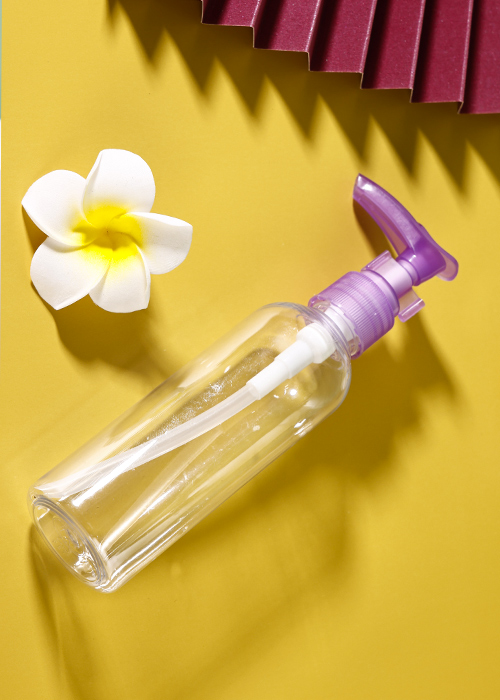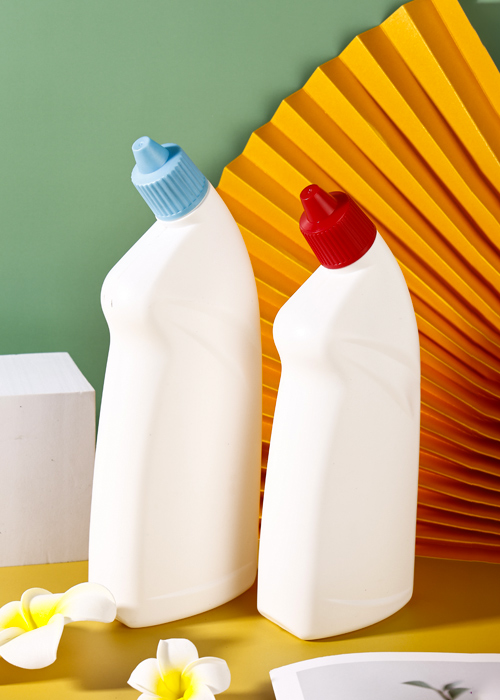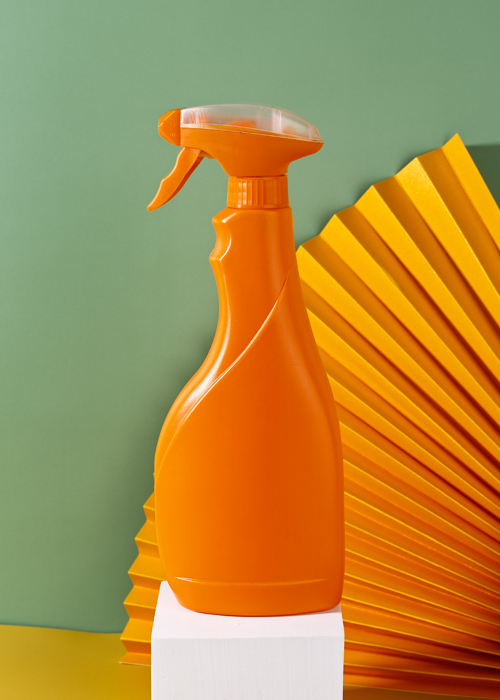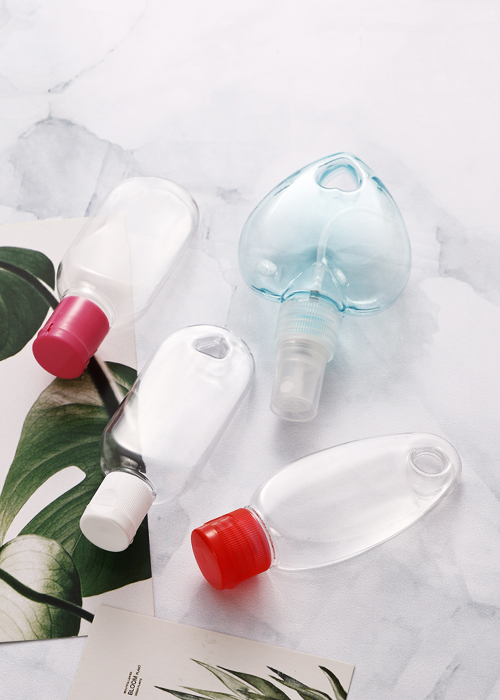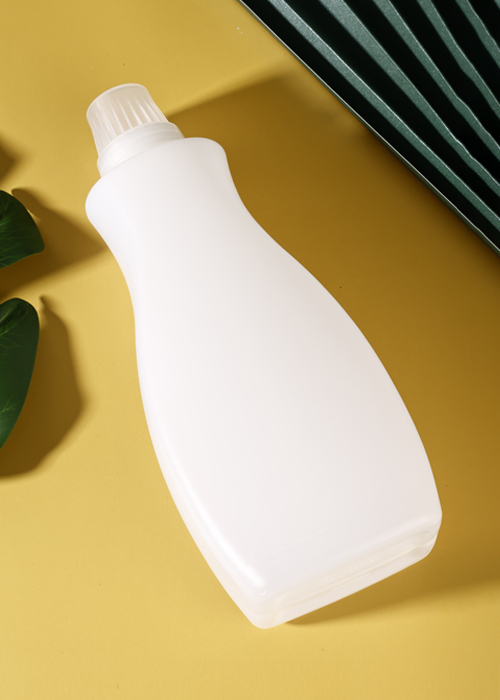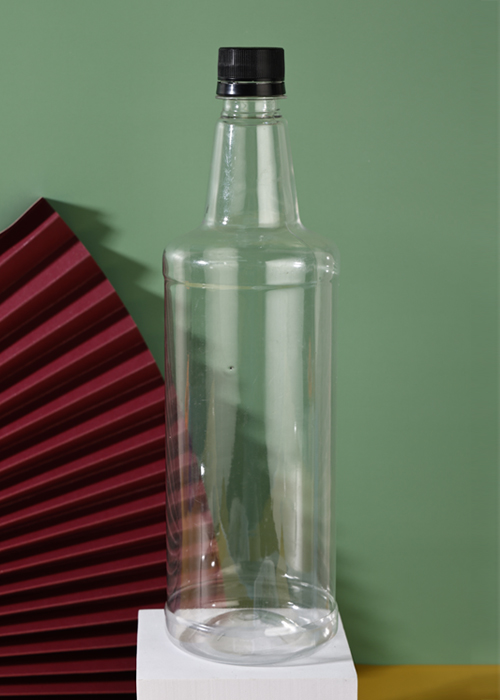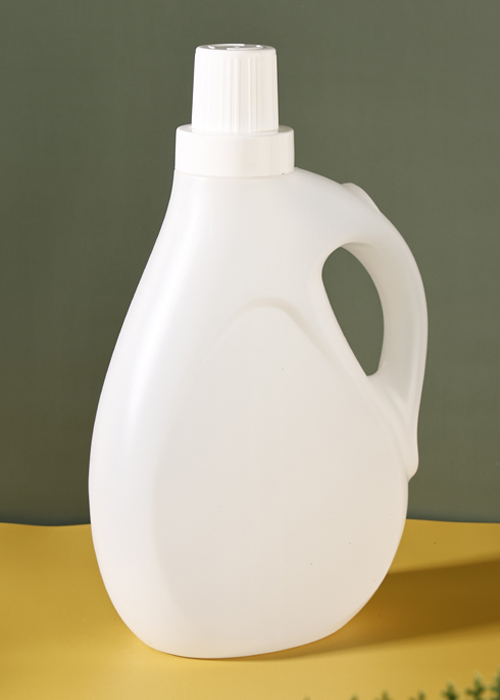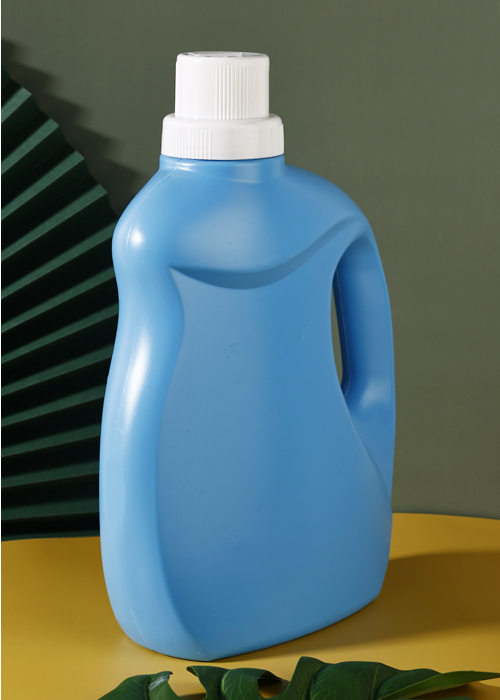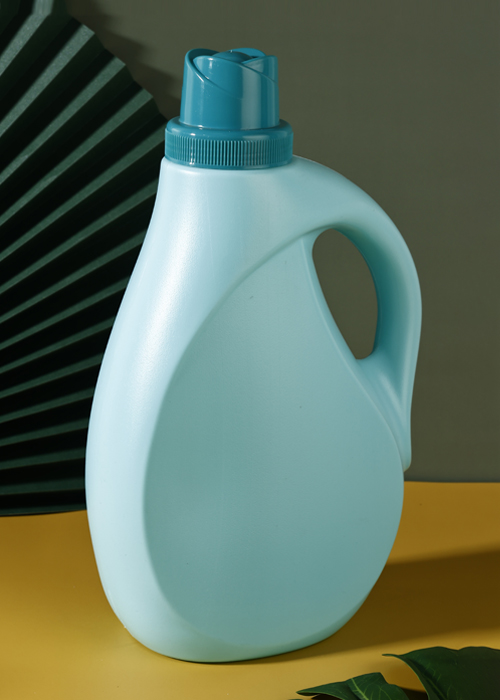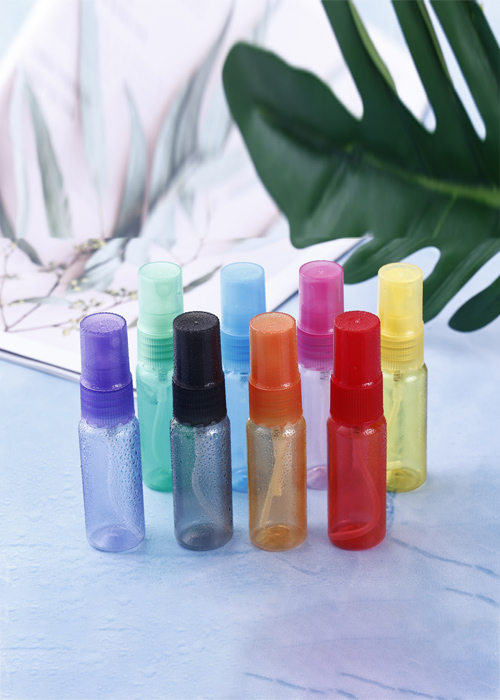The selection of appropriate plastic bottles for health care products and the production of packaging technology are closely related to the quality of health care products. The main function of plastic bottles for health care products is to protect the quality of health care products and prevent the effective or symbolic components of health care products from becoming invalid and deteriorating. The packaging of the health care product should prevent the drug components in the container from penetrating and leaking out, and the external air, light, water, heat, foreign matter and microorganism should not enter the container and contact with the drug. The stability and efficacy of many health foods will change with the gas, light, heat and water entering or escaping from their packaging containers.
The following issues should be highlighted in the barrier function of plastic bottles for health products:
(1) Anti-penetration: Volatile effective components or symbolic components can be dissolved in the inner side of the packaging material, and diffuse and move to the other side through the action of osmotic pressure. That is, volatile compounds diffuse from the intermolecular of the container wall. The medicine can be clearly smelled from the outside of the package. In particular, packaging such as paper packaging and polyethylene single-layer plastic film has obvious air permeability, light permeability and water permeability. Not only does the aromatic components of drugs escape from the wall, but gases (such as O2, CO2) and water vapor can enter the container directly through the health food bottle, affecting the stability of health food. For example, rue vanilla oil has a strong corrosion effect on the health care bottles of general organic substances, with obvious penetration. It penetrates from the hard capsule shell made of gelatin in less than two weeks. In order to prevent the penetration phenomenon, the materials with small permeability should be selected as the single packaging of drugs when selecting packaging materials. In this respect, various composite membrane containers, glass containers, metal containers and ceramic containers have good effects.
(2) Shading: Vitamin E and other effective ingredients are oxidized and deteriorated when exposed to light, and the color of coated pills and tablets (especially lemon yellow colored coating) is darkened due to light. In addition to sealing, the packaging of such health food should also be shielded from light. Three methods are often used for shading the packaging of health food: ① traditionally, brown health food bottles or the contents in the bottles are wrapped with paper; ② Aluminum plastic composite film, aluminum and paper-plastic composite film are used for new materials; ③ Add a sunshade, such as titanium dioxide, into the health product bottle.
(3) Leakage prevention: volatile or non-volatile components of health food, solid or liquid drugs escape or leak out through discontinuous or packaging materials, such as pinholes, cracks on the materials or gaps between the bottle cap and the health product bottle. Most of this happens when the structural design and packaging process of plastic bottles for health care products are inappropriate, and sometimes it is also caused by improper material selection.

 中文简体
中文简体 English
English عربى
عربى русский
русский